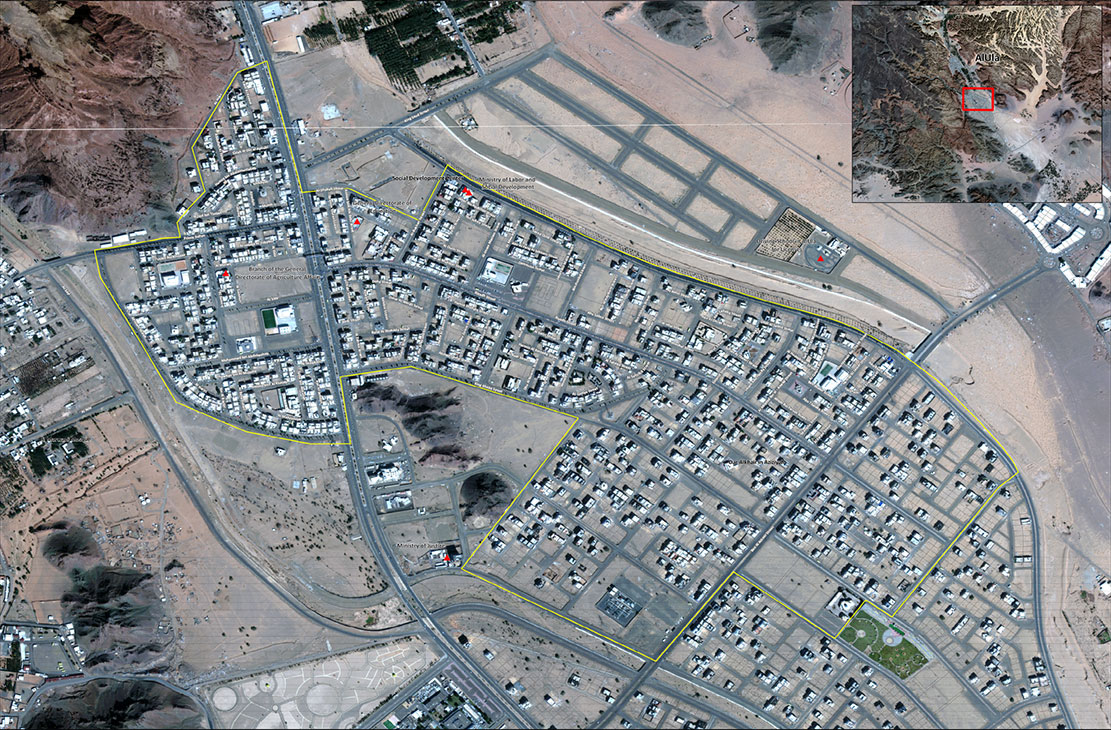

Eighty per cent of the region’s land has been earmarked as nature reserves and many species of flora and fauna have been reintroduced.Īs well as agricultural and water management programmes, community-driven services and amenities have been very important in the planning of AlUla’s transformation. But a strategy to rehabilitate the land and reverse the course of desertification with improved water management is under way, under the umbrella of the Saudi Green Initiative. This scenic roadway, like the wadi, will mostly follow the route used centuries ago by pilgrims on the Hijaz railway.Īt the moment, 60 per cent of the oasis has been abandoned due to the lack of water and years of unsustainable farming practices. A 46km low-carbon tram line will connect AlUla International Airport to the five districts. The Wadi of Hospitality, running through the ancient oasis, is the focus of rewilding and biodiversity plans. Sustainability and a commitment to the circular economy are at the heart of the AlUla project. © Royal Commission for AlUla (RCU) Sustainability has been at the heart of the restoration of AlUla The Cultural Oasis, blends heritage, nature and creativity, to the monumental legacies carved in rock at Jabal Ikmah, Dadan and Hegra. The complex contains more than 110 tombs and major archaeological sites, as well as the restored Hijaz railway station. Defensive structures, including a fort, reveal the city’s strategic importance even after the Roman annexation of the Nabataean Kingdom in 106 CE. Its monumental tombs carved into sandstone facades are proof of the wealth, prestige and international connections of its former inhabitants. Hegra, or the ‘Silent City’, prospered thanks to its position at the crossroads of the Silk and Incense Routes.

The culmination of this itinerary is the historic city of Hegra, the fifth district. Hegra – at the crossroads of the Silk and Incense Routes It is also home to the stunning Maraya concert hall, the largest mirrored building in the world. An immersive journey through the lifestyle of these nomadic people, this district includes a village carved from the rock, and a Nabataean-style open-air theatre. The fourth district is known as the ‘Nabataean Horizon’, a striking vista of magnificent rock formations, a prelude to those in Hegra. Nabataean Horizon – home to a village carved into rock Here visitors will also find the Incense Museum, a must-visit for learning more about the trade route’s most precious commodities. These petroglyphs are thought to date back as far as the first millennium BCE and include drawings of animals, people and musical instruments as well as messages, offerings and even laws inscribed in ancient languages. Jabal Ikmah, known as AlUla’s ‘open-air library’, is the third district, and comprises a breathtaking collection of rock inscriptions. © Royal Commission for AlUla (RCU) Jabal Ikmah – a unique open-air library The Jabal Ikmah Interpretive Centre will inform visitors about the open-air library of Jabal Ikmah as well as on the evolution of the Arabic language. Other highlights of AlUla are the labyrinthine streets of the otherworldly Old Town, the tombs at Dadan, the extraordinary petroglyphs at the ‘open library’ of Jabal Ikmah and the curious Hijaz railway station. Famous for its beautifully preserved tombs carved from the rock formations, Hegra was Saudi Arabia’s first UNESCO World Heritage Site. The best-known monuments are in the ancient city of Hegra, sometimes referred to as the ‘other Petra.’ This is because Petra was the capital of the Nabataean kingdom, and Hegra was in the south of this kingdom. This vast desert area, around half the size of Denmark, is cut through with a lush valley, and dotted with towering sandstone outcrops and monuments dating back thousands of years. An ambitious regeneration plan aims to attract two million visitors by 2035 and make this the world's largest living museum – a unique and global destination for arts, culture, heritage and nature tourism.

It attracted travellers from all over the world, and since 2020 has been doing so again. For centuries it was a geographical and cultural crossroads, a place of meetings and exchange. This was a trade route that linked Arabia with the Mediterranean region. In the northwest of Saudi Arabia, and 200km from the Red Sea, AlUla is located on the old ‘Incense Road’. If you're planning a trip, here's everything you need to know about this magical area.


 0 kommentar(er)
0 kommentar(er)
